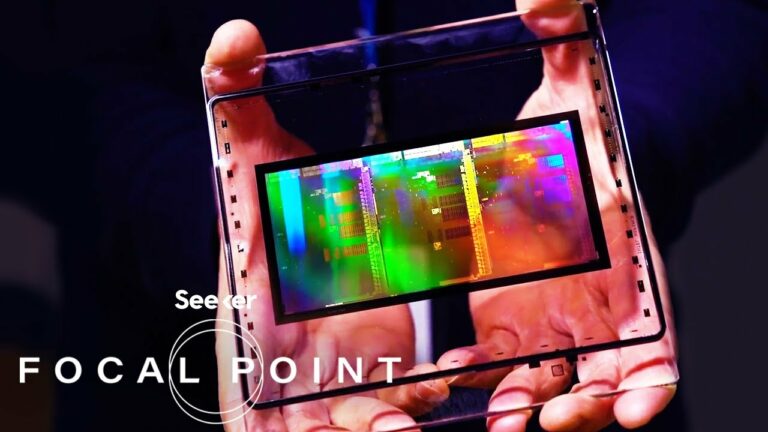The Extreme Physics Pushing Moore’s Law to the Next Level
An integrated circuit, or chip, is one of the biggest innovations of the 20th century. The microchip launched a technological revolution, created Silicon Valley, and everyone’s got one in their pocket .
When you zoom in on one of these chips, you find a highly complex, nanoscale-sized city that’s expertly designed to send information back and forth.
And chip manufacturers continue to shrink the size of microchips, hitting smaller and smaller milestones while also increasing the number of features a chip has. The result is an improved overall processing power.
This is what’s been driving the semiconductor industry—a drumbeat called Moore’s Law.
Moore’s Law is the golden rule in computing: The number of transistors on a microchip can be expected to double every two years, while the cost of computers is cut in half. This basically means we’ll have more speed, at less cost, over time. And so, we’ve been shrinking transistors (the tiny electric switches that process data for everything from clocks to AI algorithms) down to really, really tiny nanoscales.
And though we’ve hit a physical limit on how small these transistors can get, Intel (and a couple other competitors, like Samsung and TSMC) are betting big on something new: EUV Lithography.
Do not forget to share your opinion with us to provide you with the best posts !




0 Comments